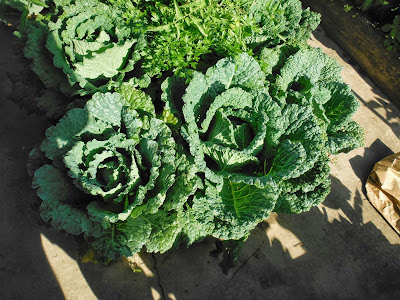Project GROW was funded in the summer of 2013 to pilot our Youth Training Initiative, one of the most heartfelt and intimate aspects of our mission: to teach kids to grow, prepare and eat fresh local seasonal food.
Our three pronged strategy to accomplish our mission to work with others to transform our local food system is best expressed in our Youth Training Initiative: collaboration, education and restoration.
1. Collaboration -
Working with others is central
As of the summer of 2013,
Project GROW actively works in partnership with two school systems, four churches, innumerable agencies and a score of volunteers as well as a hands-on Board of Directors. In 2013, having been awarded our 501c3 not-for-profit status, we were able to launch our pilot Youth Training Initiative, to begin to train teens in growing food and in the values and the culture around being local to your own home watershed. The Hooker Foundation and Tioga County NY's Department of Social Services as well as Bradford County's United Way voted to donate significant funds to this effort, for which we are grateful!
2. Education - College isn't for everyone
We are beginning to develop a curriculum that is, in the words of a permaculture instructor, “at the leading edge of a thousand year old technology." The curriculum is somewhat described in this booklet in its pilot form but includes principles of diverse small-scale organic farming/gardening, wildcrafting, preserving and canning, paleotechnology, cheesemaking and fermentation, using block and tackle/come-alongs, using books for identification, writing, measuring and math skills, with a close look at pollinators, soil structure and worms. RESTORATION/ Work on what has been spoiled We were so fortunate to be able to hold our pilot on the Miller Estate in Waverly NY which was designed on the scale of an Italianate villa, with grapevine arbors, an orchard, espaliered fruit trees, fountains, circular planters around a gazebo, and a fenced garden with eight raised beds flanked by large flat dirt surfaces. The gardens, which had been neglected for a long time, have been perfect to demonstrate this one aspect
3. RESTORATION - Work on what has been spoiled
We were so fortunate to be able to hold our pilot on the Miller Estate in Waverly NY which was designed on the scale of an Italianate villa, with grapevine arbors, an orchard, espaliered fruit trees, fountains, circular planters around a gazebo, and a fenced garden with eight raised beds flanked by large flat dirt surfaces. The gardens, which had been neglected for a long time, have been perfect to demonstrate this one aspect of restoration.
